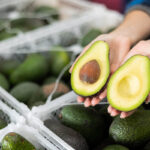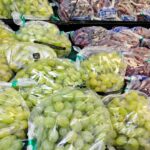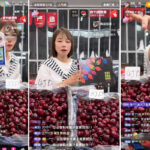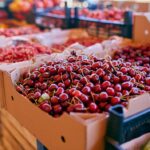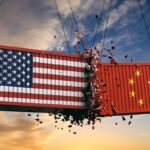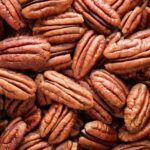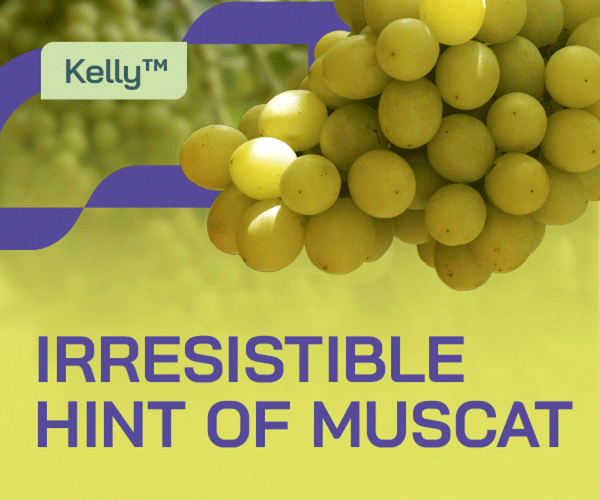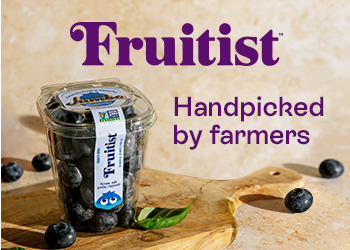China: Hainan mango growers look to new markets

Every April, mangoes from the Chinese island province of Hainan hit the shelves in major cities across the country. With this year's season fast approaching, www.freshfruitportal.com speaks with two executives from local plantations to hear about competition with Southeast Asia, an overall scarcity of the popular tropical fruit, and market opportunities in Russia, Japan and South Korea.
With years of experience in the mango industry, Ledong Sunny Farm Co is now a major mango producer on the island with 12,000 acres that grow 20 million kilograms (44 million pounds) of the fruit each year. Thee crop was under threat from Typhoon Rammasun last year but has held up fairly well, according to general manager Zhang Yilin. 
Ledong Sunny's mangoes are sold across all provinces in China except Tibet, with a strategic focus in the greater Shanghai and Pearl River Delta area.
Zhang says Hainan mangoes are sold at CNY12-16 (US$1.93-2.57) per kilo (2.2 pounds) in Guangzhou, and at CNY16-30 (US$2.57-4.82) per kilo in Beijing. Zhang also made mention of the different preferences of consumers from Northern China and Southern China.
"Simply put, the northerners prefer larger fruits that are red or pink-colored, while the southerners like smaller yellow fruits," he tells www.freshfruitportal.com.
South Korea, Japan and Russia are also among the major export destinations of Hainan mangoes, despite jointly taking in a relatively small share of the overall export volume with less than 10%.
"There was a new opportunity in the Russian market last year, but we still need to work on expanding our programs in Russia," he said.
"The Japanese government places high tariffs on agricultural imports, which had the effect of limiting our export to the country. South Korea is a similar case, at least for now. But my hope is that once the China-Korea free trade agreement falls into place, we could export mangoes to Korea tariff-free."
On the other hand, Zhang admits that the company is yet to make the most of the growing domestic Chinese market.
"China's domestic market is enormous, and we have not yet produced enough to satisfy the demand of Chinese consumers. This is also why we are less keen on exporting at this moment, as I anticipate sustained further growth of the Chinese market."
For Zhang, Southeast Asian mangoes are Hainan's biggest rivals in the international market, with the cost of labor a key issue.
"Southeast Asian countries like Vietnam, Myanmar and Thailand have even cheaper labor than China, and with their large production, their mangoes become our formidable competitors globally."
Shao Liang, the treasurer of Tianhe farm located in Changjiang County, tells www.freshfruitportal.com his area has a geographical advantage over Ledong as a safer mango production zone. Ledong county, located near Sanya, is prone to westward typhoons, while Chanjiang, on the western side of Hainan Island, is protected by the mountains in the center of the island.
The 1,200-acre Tianhe Farm has had one of its better years this season, as it is expected to produce 10 million kilos (22 million pounds) of mangoes.
Shao also highlights a new variety from Tianhe, the Narcissu mango, which is pink with a rounded shape and is as big as two palms, offering a unique sweet taste.
"Our Narcissus mangoes offer a kind of layered sweet taste that is less strong than Hongyu, which is usually the sweetest, but richer in texture. It's an exiting new product," Shao says.
Domestically, Tianhe's mangoes are mainly sold to markets centered around Jiaxing, Zhejiang. Its main export destination is Hong Kong.
"Our competitive advantage vis-a-vis high-end mangoes from Taiwan and Australia is our lower price," Shao says.
Speaking of Taiwanese mangoes, Shao Liang says the country is a leading force in the global mango industry, thriving on mountainous territory.
"It's the best place for agricultural production, but Taiwanese growers have managed to innovate and excel.
"However, the Taiwanese mango industry does suffer from its higher labor and land costs. Australia is similar to Taiwan in this regard. Such difficulties eventually leave these two countries with one option: technological innovation."
Photo: www.shutterstock.com

















